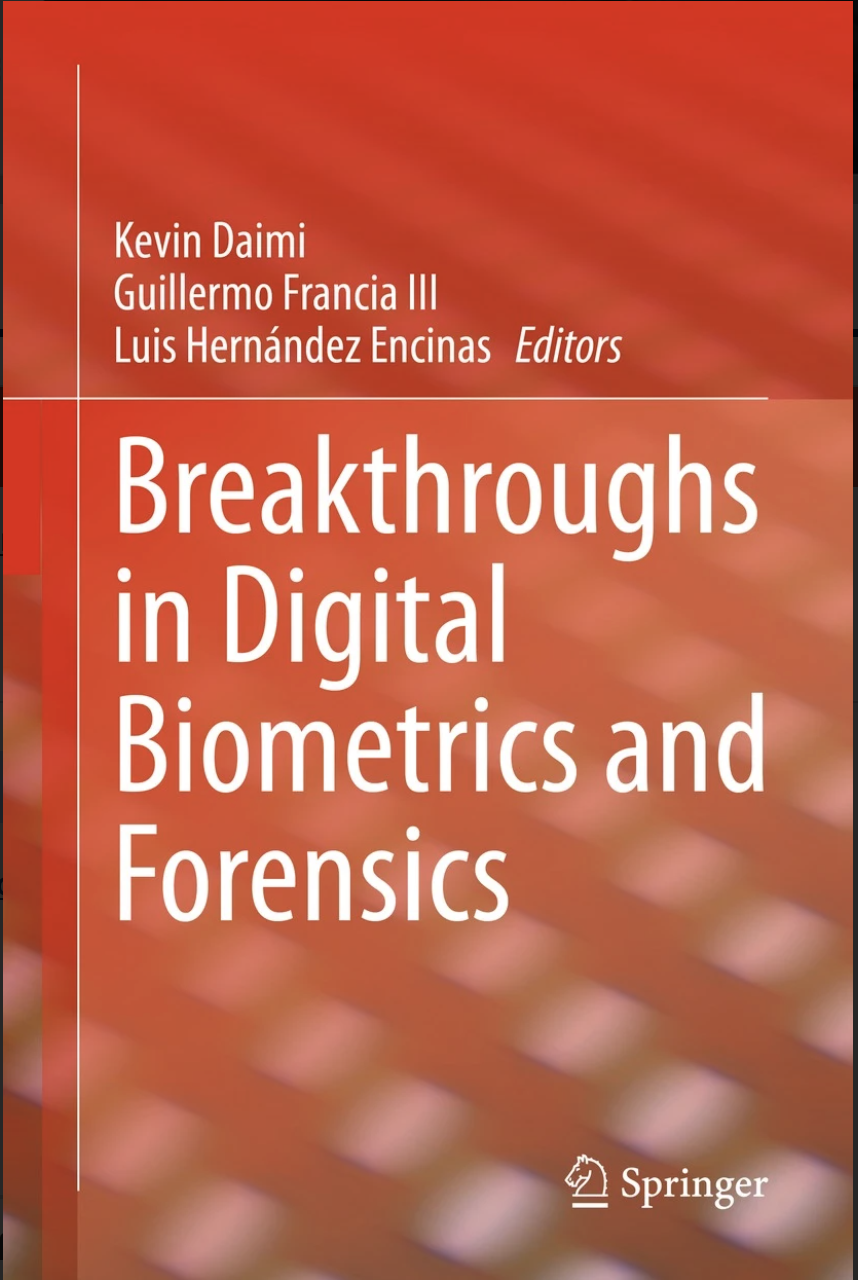Authors: Ehsan Nowroozi, Seyedsadra Seyedshoari, Mohammadreza Mohammadi , and Alireza Jolfaei
Book Title: Breakthroughs in Digital Biometrics and Forensics
Chapter Title: Impact of Media Forensics and Deepfake in Society
Cite this chapter
Nowroozi, E., Seyedshoari, S., Mohammadi, M., Jolfaei, A. (2022). Impact of Media Forensics and Deepfake in Society. In: Daimi, K., Francia III, G., Encinas, L.H. (eds) Breakthroughs in Digital Biometrics and Forensics. Springer, Cham. https://doi.org/10.1007/978-3-031-10706-1_18
-
DOIhttps://doi.org/10.1007/978-3-031-10706-1_18
-
Published
-
Publisher NameSpringer, Cham
-
Print ISBN978-3-031-10705-4
-
Online ISBN978-3-031-10706-1
-


Abstract:
Technologies for producing and modifying content for multimedia have reached to the point that they could now deliver an extremely high degree of realism. Free software tools accessible on the Internet enable anyone with no special expertise to generate incredibly convincing fake images and videos. These technologies provide plenty of new opportunities in various sectors such as fine arts, marketing, film-making, and video games. They could also be employed to influence thoughts of the society in election campaigns, attempt crime, blackmail, or defame individuals. Thus, automated and effective methods of identifying fake media content are urgently needed. This chapter aims to provide an assessment of approaches for validating multimedia integrity as well as detecting modified images and videos. Deepfakes generated using deep learning (DL) techniques will be highlighted particularly, as well as recent data-driven forensics strategies to counter them. The results emphasize the shortcomings of present forensics techniques, the most crucial concerns, emerging obstacles, and future research possibilities.